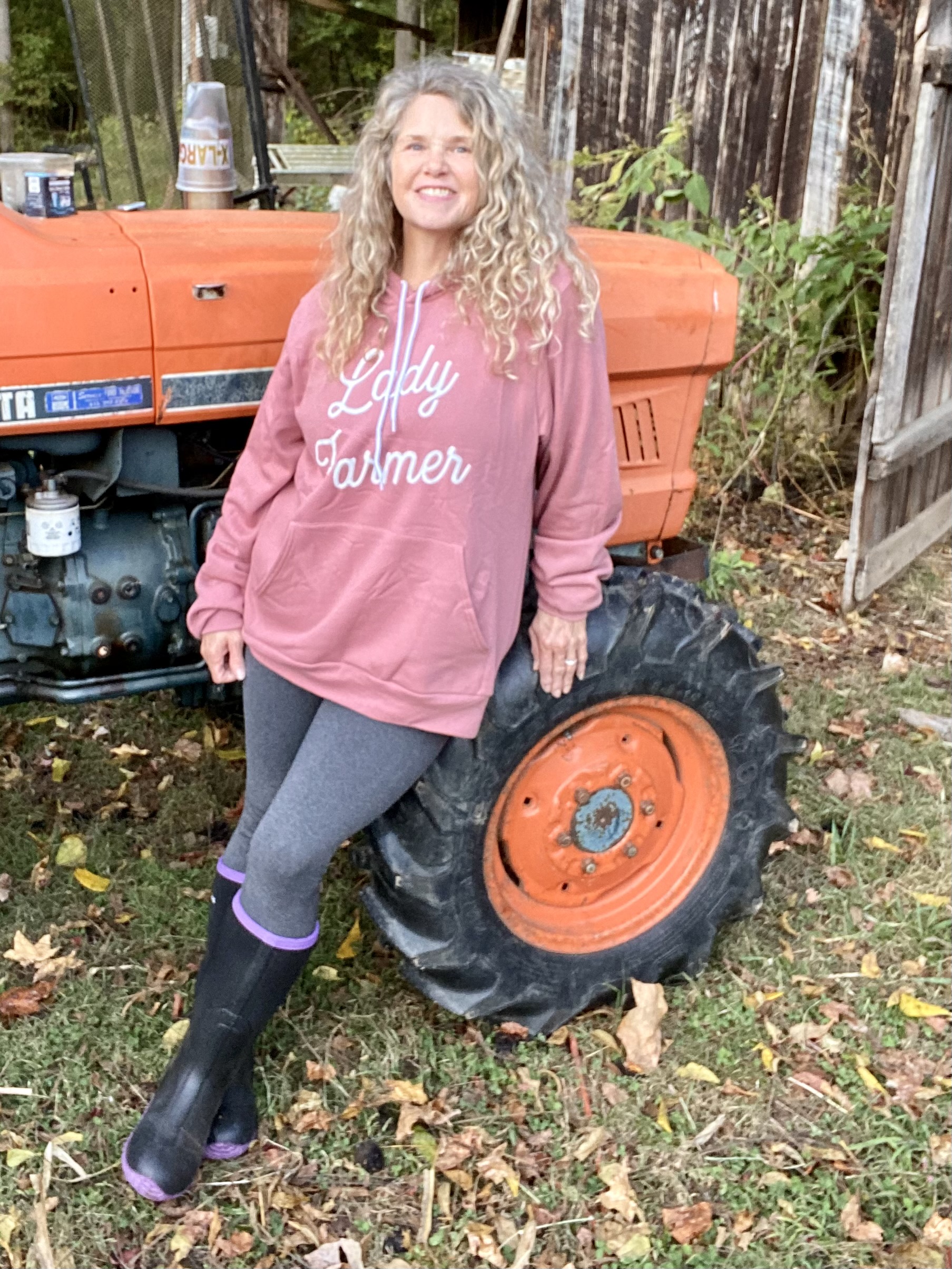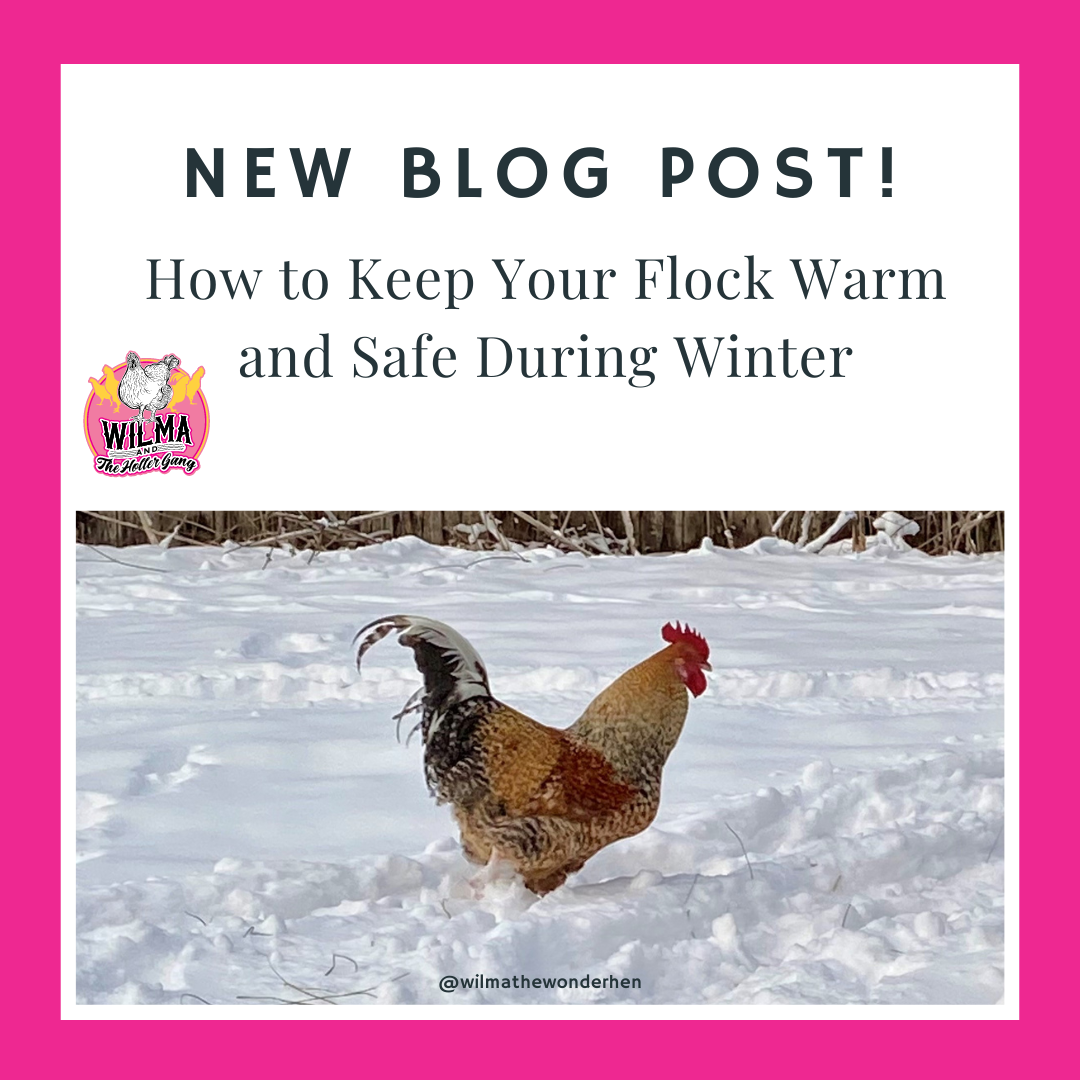Bye, Bye, Summertime.
Summer is over and in a blink of an eye Fall disappeared. I don't know the temperature where you live, but out here in Tennessee we went from 90 degrees 80% humidity straight to 30 degrees and snow flakes. Normally around the last week of October and first week of November I do a big fall clean out. Now, you have to remember I have 9 coops and a quail aviary. So, I tend to start earlier than maybe you would. Chickens do a great job of keeping themselves warm during the winter. But they do need a little help from us to make it the best situation possible for them to flourish.
Here are some things we do here on the Heifer Farm before winter sets in.
Remove all bedding from coops. Scrub all the walls, roosts, flooring, clean out the cobwebs, and pressure wash the outside if needed. Lay down new bedding. I like to use barn lime, pelletized bedding, and pine shavings. (In that order)
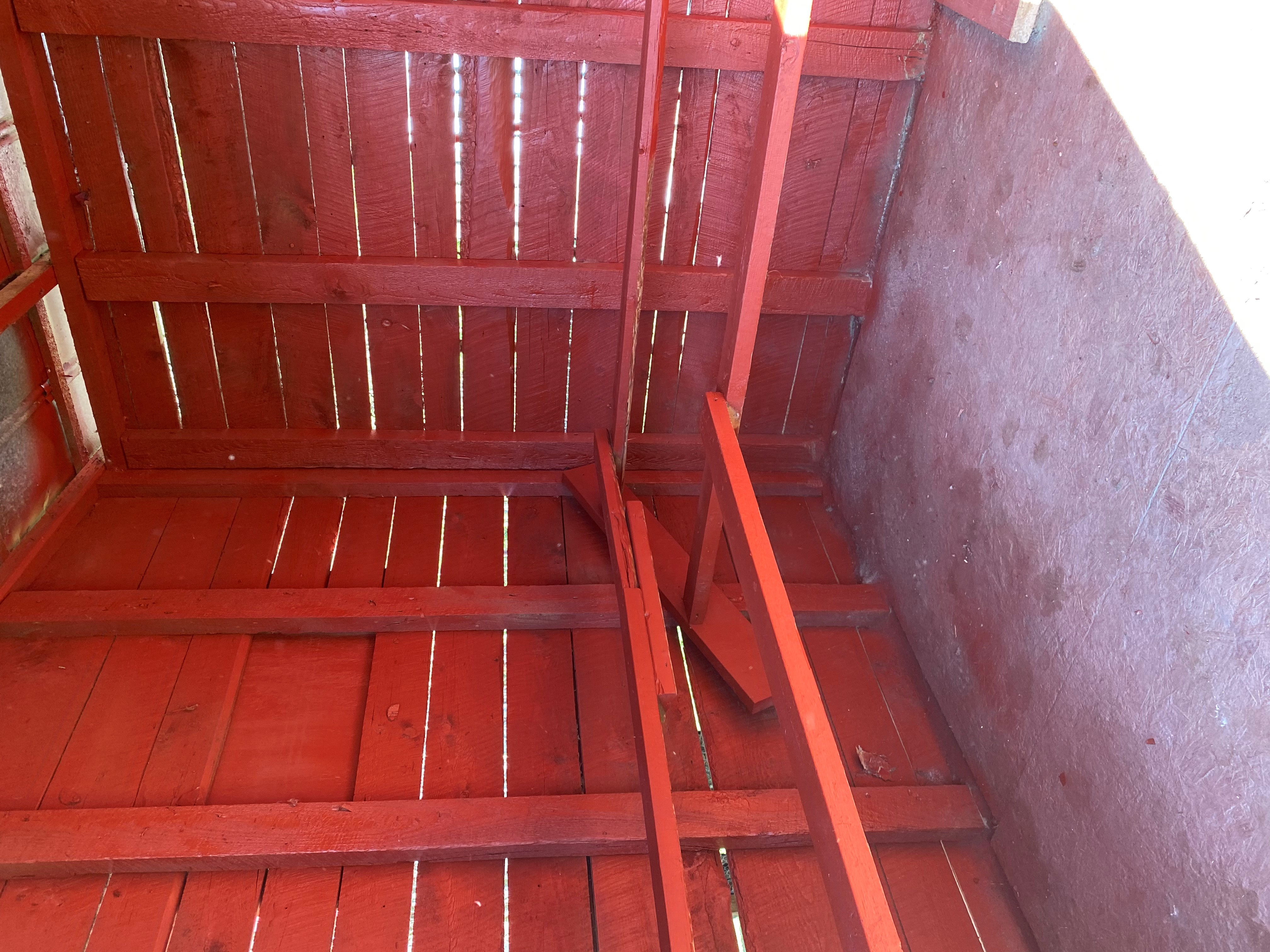
Inspect all enclosures for any needed repairs. 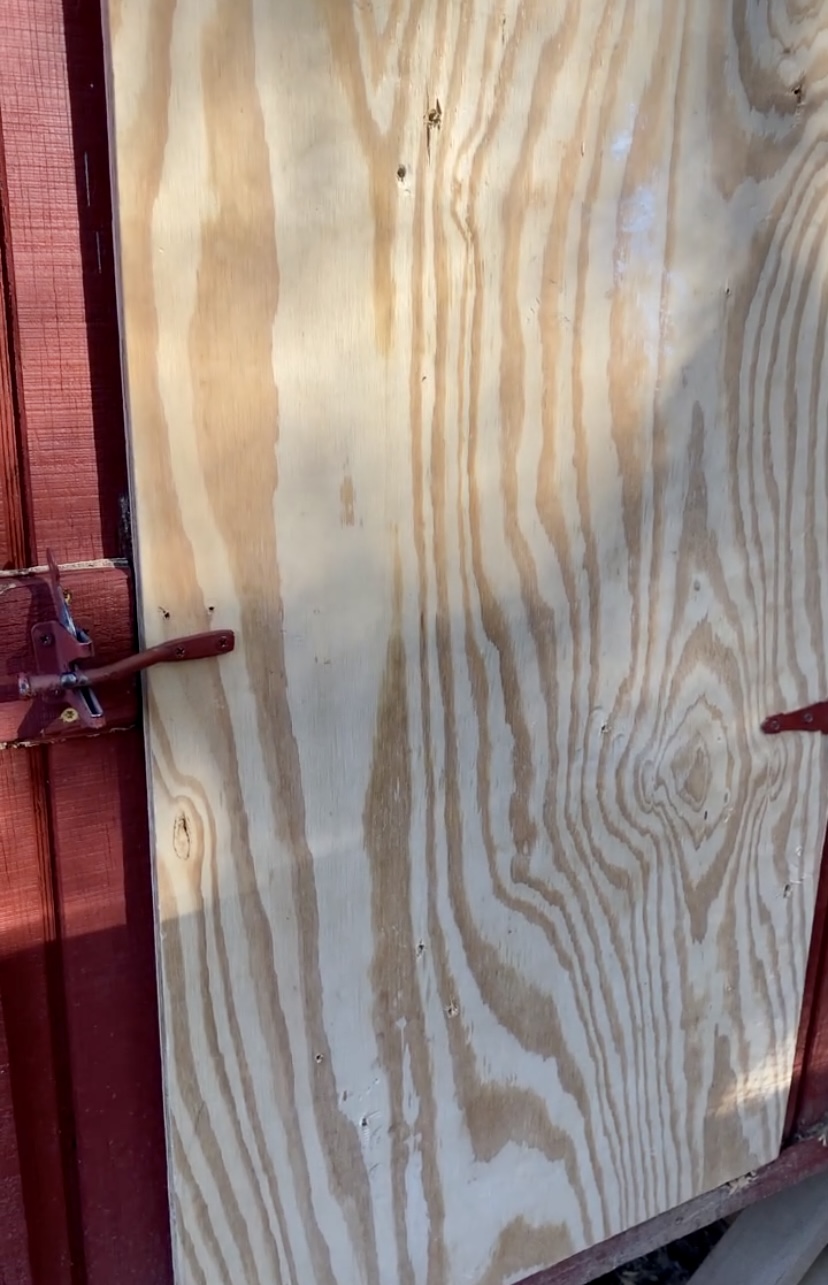 This door needed replacing. It had seen better days. I used treated plywood and outdoor paint. I recycled the door locks and hinges from the previous door.
This door needed replacing. It had seen better days. I used treated plywood and outdoor paint. I recycled the door locks and hinges from the previous door.
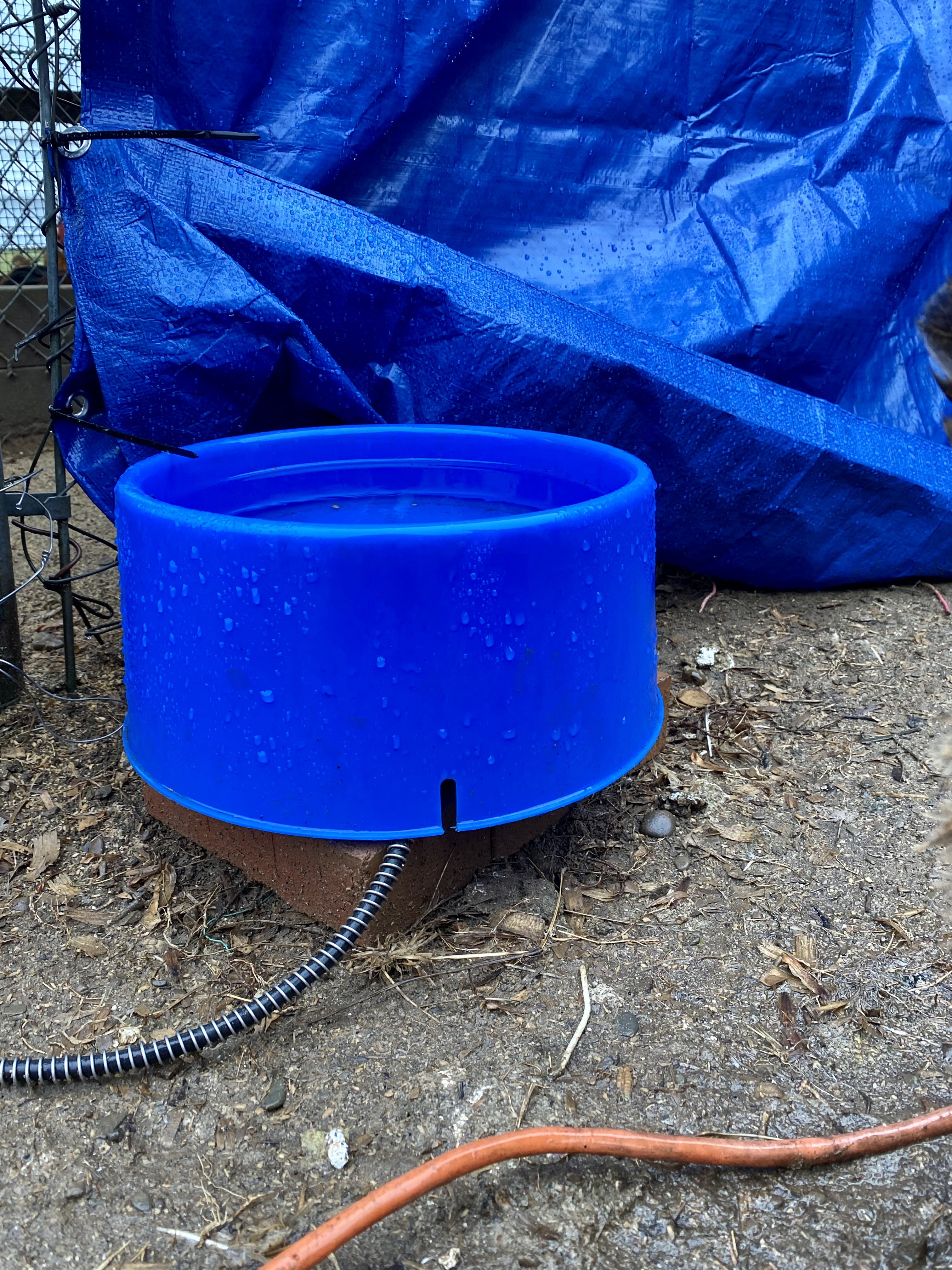 Break out my heated waterers, clean the summer ones and store for next year. I understand not everyone has access to electricity down by their coops. The internet has lots of DYI ways to keep your chicken's water thawed. These heated dog bowls and traditional heated chicken waters have held up very well over the years.
Break out my heated waterers, clean the summer ones and store for next year. I understand not everyone has access to electricity down by their coops. The internet has lots of DYI ways to keep your chicken's water thawed. These heated dog bowls and traditional heated chicken waters have held up very well over the years.
Line the inside of the big “barn" coop with recycled feed bags. This helps in this specific coop to block any drafts that are coming across or from below my chickens while they roost. The planks in the barn coop are great for summer time. But too drafty for winter. After the big clean out I'll lay down new bedding.
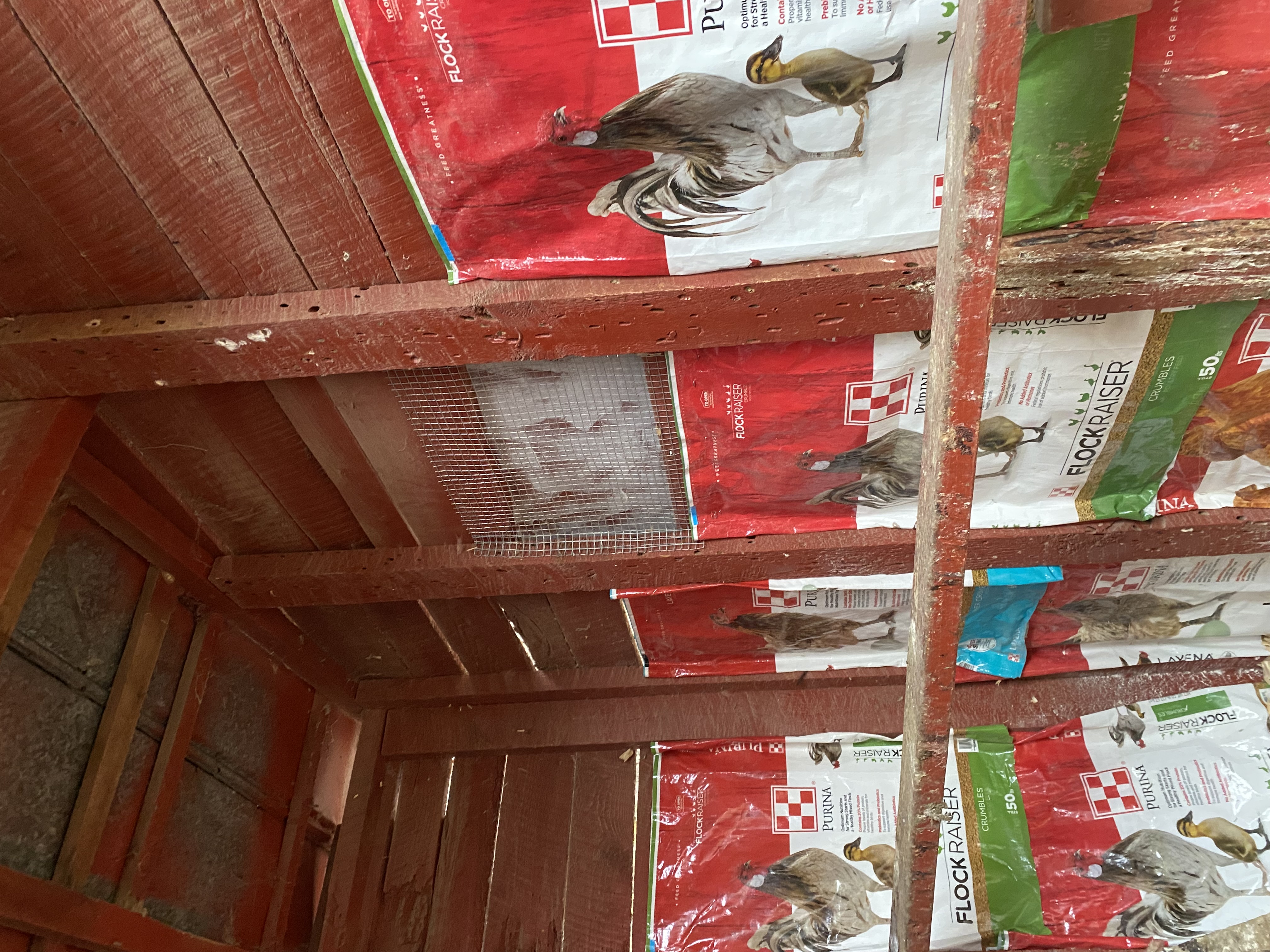
Adding a wind block to their coops with tarps and winterizing plastic. We recycle these throughout the years. Using a combo of staples and zip ties! I do have a large area to cover and this has been most helpful over the years.
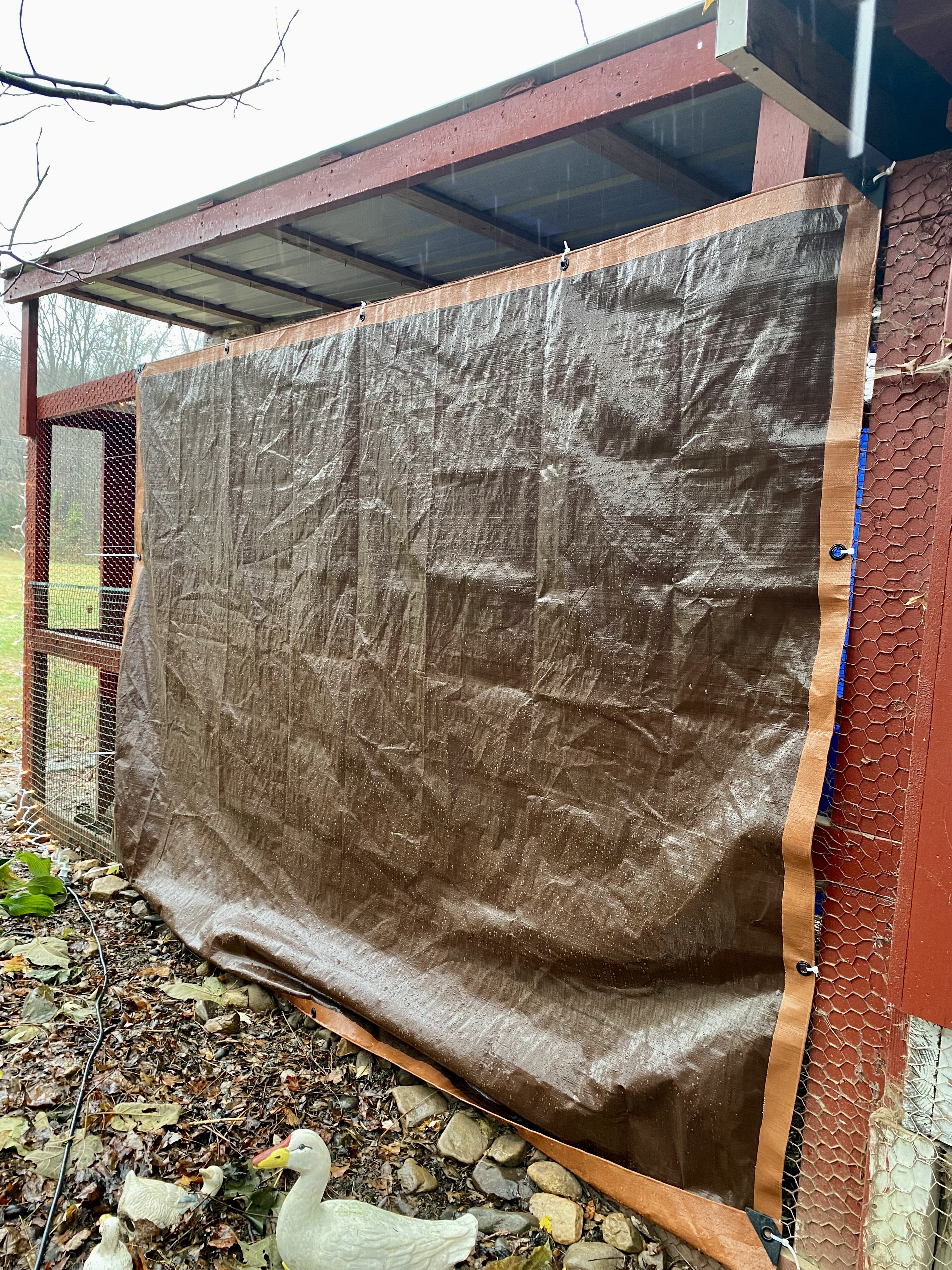
The three most important things for a winter coop:
- Dry is simply making sure there's no water coming into your coop. Check for leaks of any kind.
- Draft free but NOT AIRTIGHT. You want all drafts to be above your chickens heads. So, think about where they’re roosting at night. You don't want drafts coming from below or directly across their bodies. They require a cross airflow but above their heads.
- Well ventilated. Ventilation is a must for healthy chickens. Their poop and air droplets contain moisture. This moisture will build up without a place to escape and lead to frostbite, and respiratory issues. It is possible to add additional vents to an existing coop.
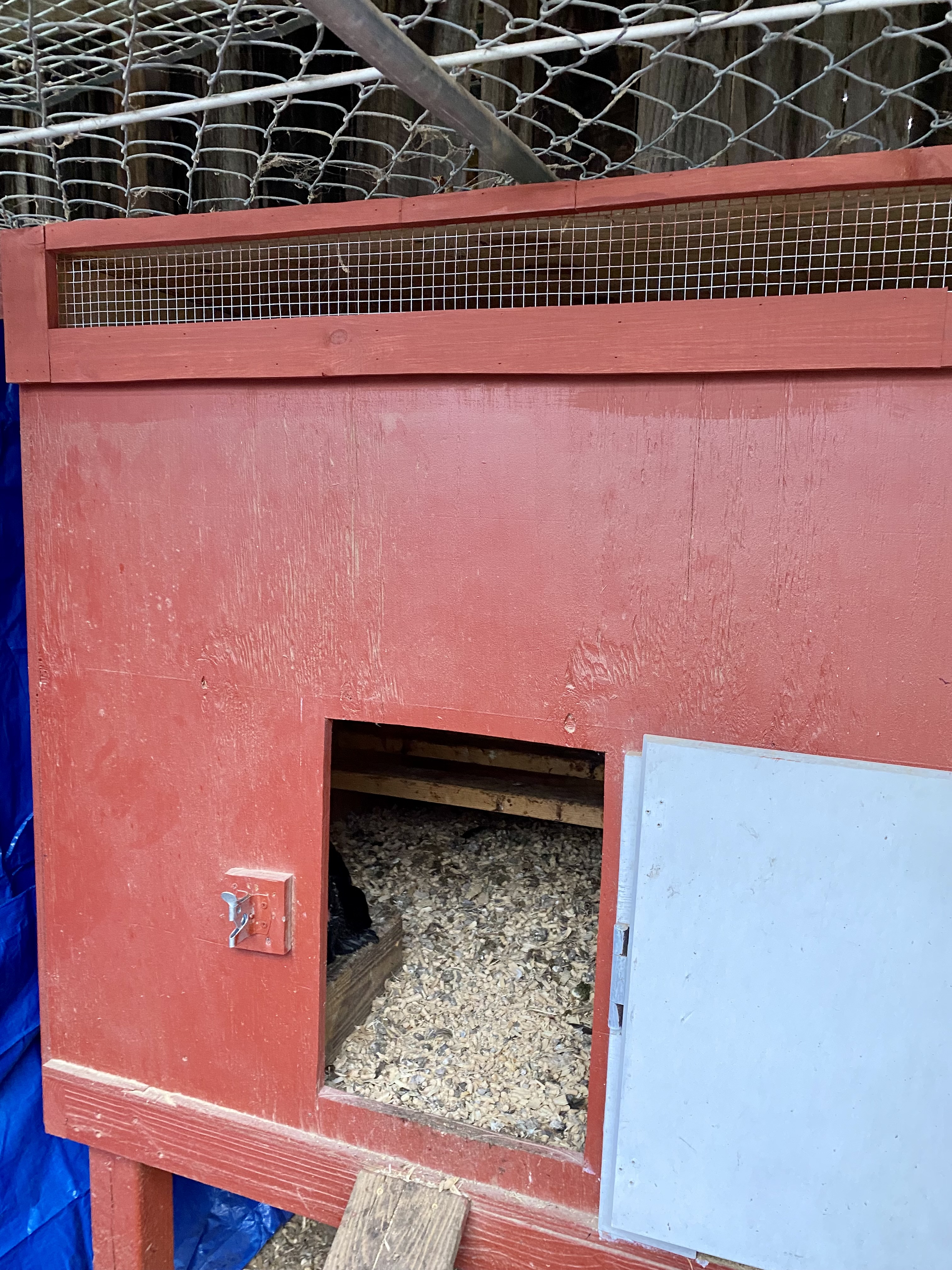
Adding this extra vent across Coconut and The Buttermilk gang's coop was finished in under an hour. This was made with scrap materials I had on hand. I understand not everyone has the ability to add a vent to an existing coop. It’s something to take into consideration when purchasing or buying a coop. But if you’ve the tools or a friend with tools, it's doable. You can send me an email if you need help with this project. I’m no expert but I can offer my thoughts!
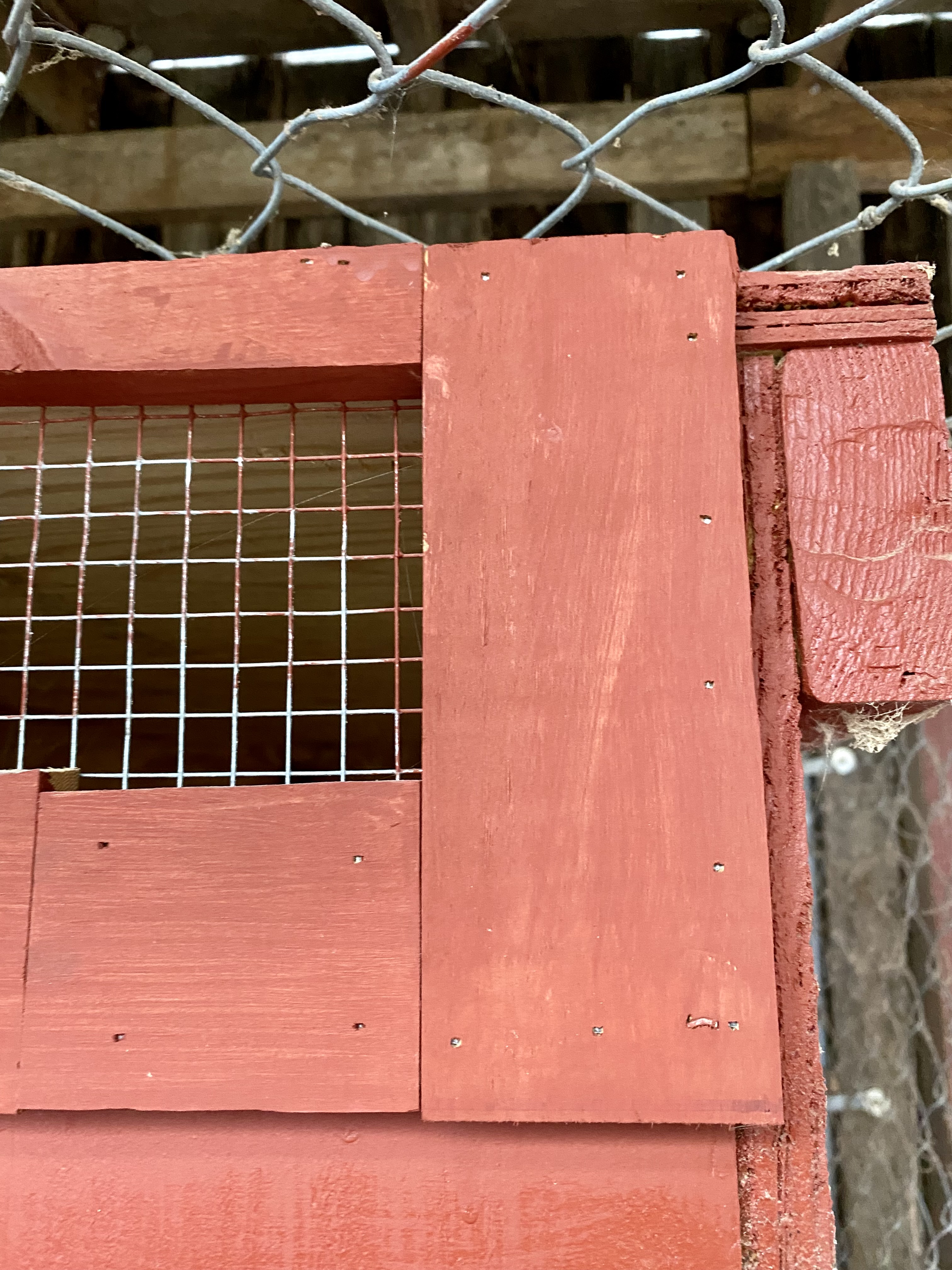
We added windows on this coop several years ago. It's lined with hardware cloth and has a locking door. This allows air to move through the coop on those hot days and I'm able to close the door on the coldest days.
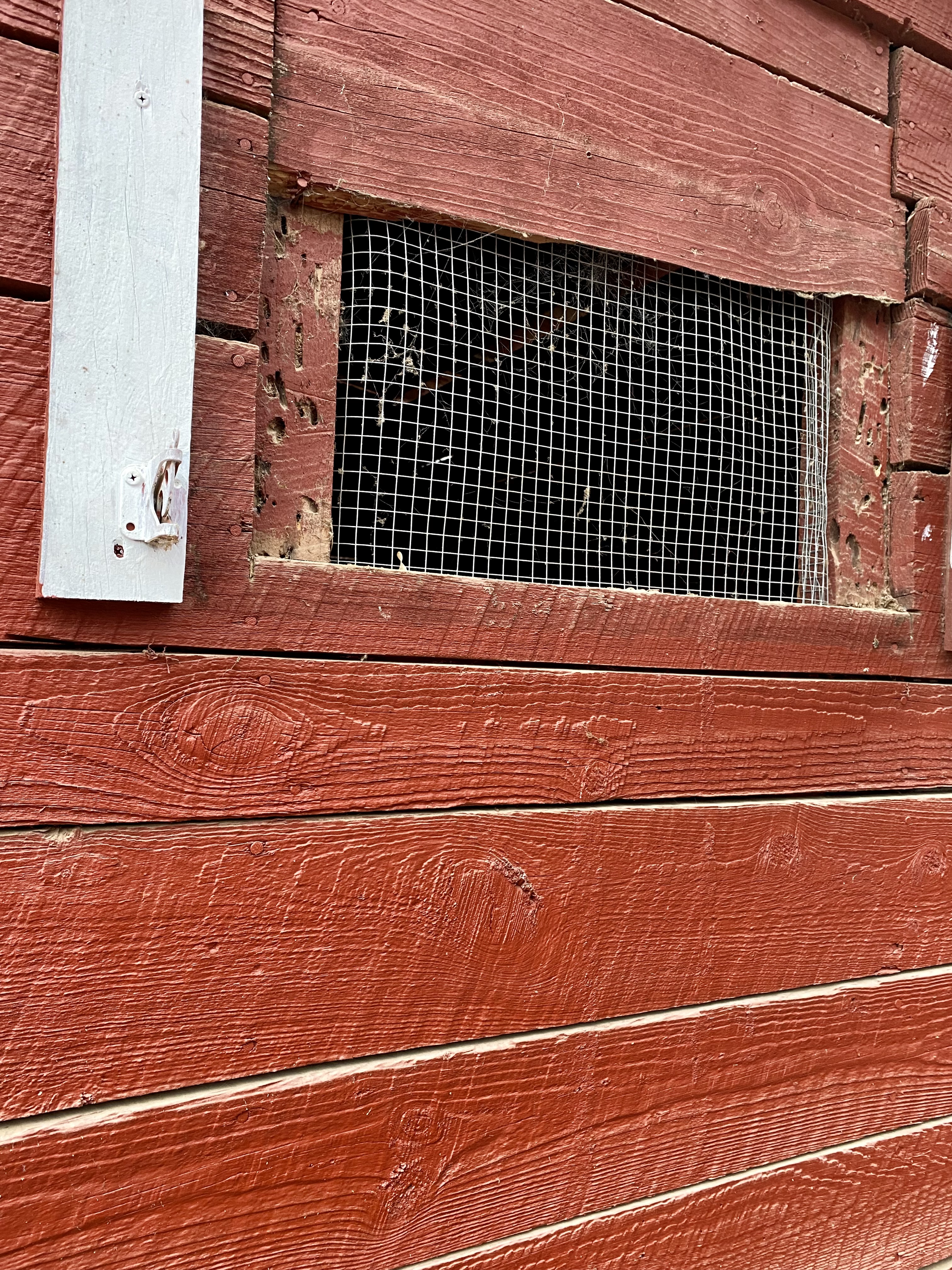
Are you team add supplemental Heat or No Heat? This is a hot topic (pun intended). Personally, we don't use heat here. I’d NEVER recommend a heat lamp inside a coop. They're a fire hazard. Now, with the advancement of modern technology we have at our fingertips various heating plates that are supposedly safe to put up inside your coop. Radiant heat plates can be found at most local feed stores and online. I would do your own research and decide what is best for your flock. I know some flock owners that bring their smaller flocks indoors. Utilizing their basement or an extra room. No judgement here. I currently have house chickens myself (Miss Punky, Polly the lone quail, and Cj my sweet little bantam).
"Don't Tell Me What To Do!"
We manage our flocks based on our lifestyle and personality. Practicing good bio security, sound nutrition, adequate space, and compassionate animal husbandry is the meat and potatoes. Specific likes or dislikes is just gravy. We're all different and it would just make sense that our flocks would be too!
On the coldest days I feed my heifers scratch at bedtime. I know this one is controversial and everyone has an opinion. But I see no harm in giving a small amount at bedtime (recommendation is no more than 10% of your flock's calories should come from snacks) after they’ve consumed their regular diet during the daytime. It adds some extra carbohydrates into their diet and scratch takes a little more effort to break down. So this can help stimulate some extra heat.
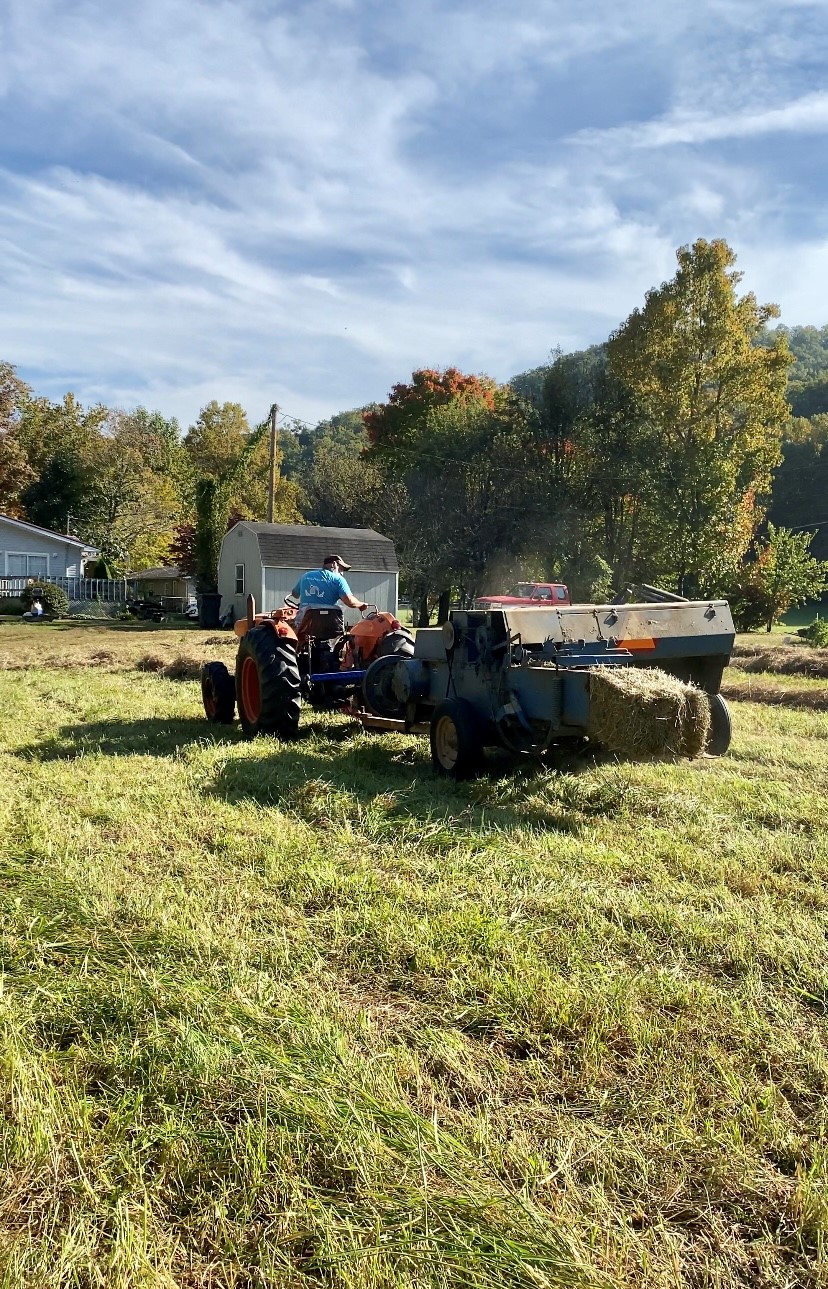 We grow hay on our farm for retail sale and some for personal use. I do add hay bales to my girls run to scratch in during those really awful cold days and to line the inside of the coops on frigid days. This seems to be a big debate in the chicken community. There can be an added risk for an impacted crop from chickens consuming the hay. Personally, we've never had an issue. Hay is easy access for us and does a fabulous job of blocking wind.
It may seem overwhelming and scary. But I promise you can do it. Our chickens depend on us to help keep them healthy.
We grow hay on our farm for retail sale and some for personal use. I do add hay bales to my girls run to scratch in during those really awful cold days and to line the inside of the coops on frigid days. This seems to be a big debate in the chicken community. There can be an added risk for an impacted crop from chickens consuming the hay. Personally, we've never had an issue. Hay is easy access for us and does a fabulous job of blocking wind.
It may seem overwhelming and scary. But I promise you can do it. Our chickens depend on us to help keep them healthy.
Be strong my friends,
Mel and The Holler Gang
